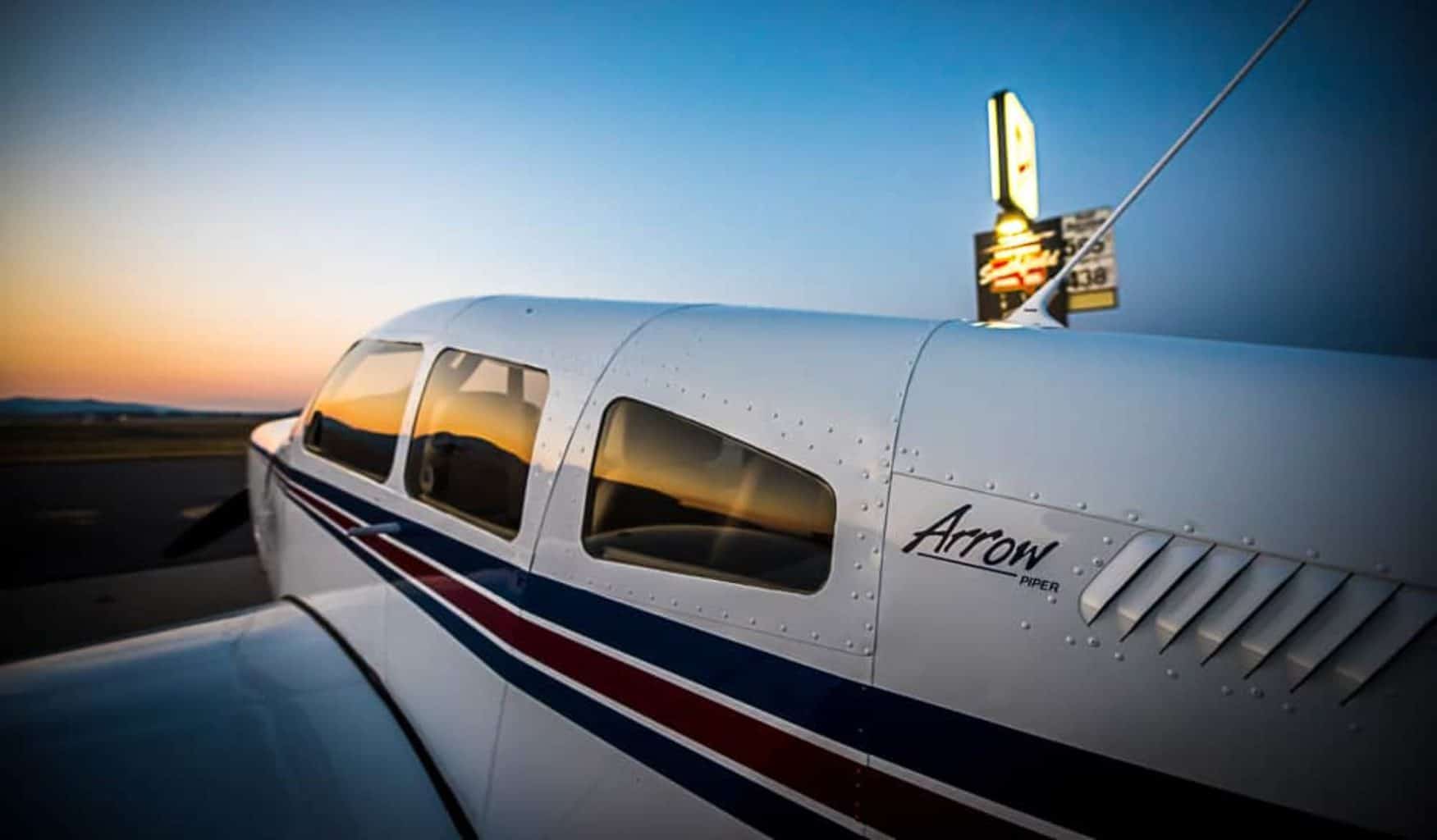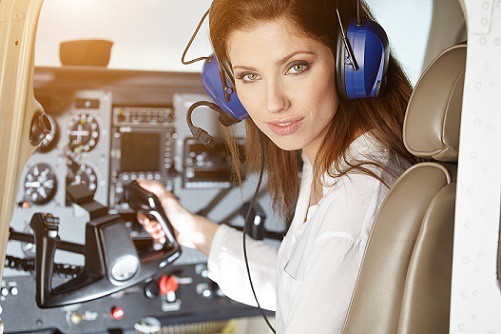Get Your Pilot Certification At Palm Springs Flying School
When you first got the vision to get your pilot certification, how did you see yourself? For some of us it is at the controls of a jumbo jet operated by one of the big airline companies flying from one exotic location to another and having the power and responsibility for that billion dollar airplane and hundreds of lives.
For others it’s being a private pilot for a small airline flying rich people around or just flying for your own pleasure. You are free, literally “as a bird” to glide over the world gazing down and deciding where you might land before taking to the air again. These are fun images and even as you work your way through flight school and then start “paying your dues” in the airline industry to work toward your goal, its good to keep the dream so you always have the next rung of the latter ahead and you never give up.
It’s good to have a firm idea of who you want to be as a pilot because it actually affects the kind of pilot certification you will go for after flight school. So understanding the different kinds of certification and what is required to meet the requirements for that level of responsibility can be important. Of course, your goals may change the longer you stay in your career as a pilot. But if you know going in what is required, you can tailor and customize your training and preparations around your goals.
There are actually six levels of pilot certification, one of which you may already have. If you are already in flight school and you have gotten to the point that you are taking training flights and handling the craft yourself, you had to already get a student pilot certification. All pilots’ certifications have requirements and restrictions so obviously as a student pilot, you can only operate an airline in the instructional setting and not on your own except for your final solo flights as authorized by the school.
Just above the student level but a pilot’s certification that you can use for your own purposes are the sports and the recreational pilot’s license. These certifications are less restrictive than the student’s license but you will be limited to fly only in good weather conditions and strong daylight, that your distances will be limited as will the type of aircraft. You can also only have one passenger with a student license. What the FAA has created in the sports and recreational licenses are certifications that allow for some enjoyment level flying but are not certified at a high enough level to make being a pilot your career.
The top three levels of pilot’s licenses are the private pilot license, the commercial pilot and the airline transport license. The names are fairly self explanatory. Often new pilots try to reach the private pilot level before going on for the more demanding higher level licenses. With a private pilot license, you can operate a much greater variety of aircraft including helicopters and balloons and you can use your pilot’s license as part of your job although you cannot be paid for flying. So your job may be crop dusting and you are paid for that and your ability to fly a small aircraft is in connection with your job.
Obviously the commercial pilot certification and the airline transport pilot’s license are the ones you would go for to be able to fly the big jets. But you may never need to get that far. So evaluate your goals and target your certification accordingly. In that way you are using your training time well and when you have reached the level you aspire to, you will get that sense of satisfaction that you are a pilot who is realizing the dream.


